"We want to contribute more to Vietnamese needy children ..."
(VNF) - "We want to contribute more to Vietnamese needy children..." said Dragana Strinic, Country Director of Save the Children Vietnam when talking about the organisation's activities in the country in an interview with the Friendship Magazine.
Having been operating in Vietnam since 1990, Save the Children, through the implementation of humanitarian and development programs and programs, has made every effort to ensure that every child has the opportunity to live, learn and be protected.
| |
Dragana Strinic, Country Director of Save the Children Vietnam received Certificates of Merit from the Vietnam Union of Friendship Organisations’ Vice President Don Tuan Phong. (Photo: vufo.org.vn)
Q: Save the Children started operating in Vietnam nearly 30 years ago. To date, how does the organisation work in areas related to children?
Dragana Strinic: Save the Children is one of the world's leading non-governmental organisations active in the field of child development and is now available in 120 countries around the world. We started working in Vietnam in 1990 , through the implementation of a child nutrition project in Thanh Hoa Province. Since then, we have expanded our programs to 22 provinces and covers six areas, including Education, Health and Nutrition, Child Protection, Child Rights Governance, Child Poverty, Disaster Risk Reduction (DRR) and Emergency Response.
We have the ambition to achieve rapid and lasting change for the lives of children. Through the implementation of our humanitarian and development programs, we strive to provide every child with the opportunity to live, learn and be protected. We pay particular attention to the most vulnerable and disadvantaged children in communities such as ethnic minorities, immigrants, children with disabilities, poor children, the LGBT community and their families.
For example, in the field of education, we wish to improve the school readiness of ethnic minority children in remote areas and improve the learning outcomes as they start school. To achieve this goal, a range of interventions have been developed such as developing age-appropriate books; applying mother tongue-based bilingual education and closely link with the school, parents and the community to improve their literacy as well as support the inclusion and integration of children with disabilities in schools.
We also have activities to improve the health and nutrition of ethnic minority children. Because living in remote areas which are difficult to access, the maternal mortality ratio and mortality rate among children under 5 are still 3 and 2.5 times higher than the national average. The rate of malnutrition among ethnic minority children is double that of Kinh children, standing at 32 per cent. Together with our partners, we are working to improve the quality of health services in remote areas and encourage the promotion of good nutrition practices for pregnant women and children. We also support communities to build models of agricultural development, thereby contributing to improve diet nutrition.
Another important area of our activity is protecting children from all forms of violence and abuse. We support quality child protection systems and apply positive discipline both in the home and the school instead of physical and mental punishments. In addition, we also focus on raising awareness among parents about the protection of children from sexual abuse, both online and in their daily lives.
In line with the impressive economic development of Vietnam over the past years, we have also begun advocating for the integration of child rights into the working principles of private companies as well as assist immigrant youth develop job search skills. We also contribute to the capacity building of Vietnamese socio-political organisations to monitor and support the implementation of the United Nations Convention on the Rights of the Child (UNCRC). As you know, Vietnam is the the first in Asia and the second in the world to approve the convention fully.
Ultimately, in the implementation of our programs and projects, we always encourage creativity through the development and provision of evidence-based and replicable solutions to the problems that children are facing. Building strong partnerships with government agencies and socio-political organisations is a very important element in the implementation of our programs. As a result, we are achieveing results on a large scale, replicating effective and sustainable approaches.
 |
Children in the child protection project. (Photo: Save the Children Vietnam)
Q: Save the Children is also the leading humanitarian aid organisation supporting a number of social security activities. Could you please provide us more details about these activities that the organisation has implemented recently?
Humanitarian assistance is a very important part of our work to support children and their families. As we all know, Vietnam is one of the countries frequently affected by natural disasters. Our organisation supports the development of disaster preparedness for children, schools and the communities to minimise damage. We provide essential support to communities affected by natural disasters.
For example, in 2017, we have implemented nine emergency relief projects in Vietnam with a total budget of more than USD 1.1 million. Specifically, we have provided aid to children and families affected by flash floods in Yen Bai and Son La provinces as well as those affected by hurricane Doksuri in Ha Tinh, Quang Binh and Quang Tri provinces. Most recently, we launched an emergency relief project to support the children and families affected by hurricane Damrey in Quang Nam, Quang Ngai, Da Nang and Khanh Hoa provinces. Based on a realistic needs assessment, we, together with our partners, provided support to meet the most essential needs of the people through the provision of water filters, essential household kits, school supplies or money for the most affected people. By mid-December of 2017, we have directly supported more than 65,000 people in all regions of Vietnam.
Q: In the coming time, How will Save the Children continue to work with relevant agencies as well as local Vietnamese to help poor children and disadvantaged people?
We sincerely thank the strong coordination and commitment of our partners, government agencies and social and political organisations in Vietnam. Without them, we would not be able to provide support to the children most in need, nor would we be able to achieve sustainable outcomes. More specifically, we have worked closely with local ministries and departments, people's committees, and mass organisations. We have also built strong relationships with communities, parents and children as they directly carry out and replicate good practice models that have been developed through our projects. In addition, we also coordinate with other NGOs, international organisations and donors to achieve the best results.
In the future, we will continue to maintain the partnership with the above stakeholders. However, we really look forward to seeing more cross-cutting cooperation in addressing the issues that most vulnerable children in Vietnam are facing. Why? Because issues such as poverty or malnutrition are complex issues that require the involvement and expertise of many different areas to be addressed.
| |
Save the Children distributes essential household kits as the first step in our support for flood affected families. (Photo: Save the Children Vietnam)
Q: What about the cooperation between Save the Children and Vietnam Union of Friendship Organisations (VUFO) over the past years?
On behalf of Save the Children, I would like to send my sincere thanks to VUFO, especially for the advice and guidance of Vietnamese law and regulations in full compliance as well as other supports to our activities. In particular, I would like to emphasise the timely and valuable support for emergency relief activities to ensure that we as well as other NGOs provide timely support to affected people.
Q: What was your memorable experience in Vietnam?
So far, I have lived and worked in Vietnam for over a year. I have had the opportunity to visit many different project sites. Whether in the North or South, I am really impressed with the commitment to improving the lives of children not only of staff members of Save the Children but of all partners.
One of my most memorable experience was a visit to a school in Yen Bai Province. The school’s on a mountain and primarily for ethnic minority children. However, they often have to walk two hours to reach the school. Road conditions are quite bad and teachers are also having a hard time travelling, especially during the rainy season. However, in a school with such extremely difficult conditions I still see very high quality classes and children with good academic performance whose learning materials are primarily built on the spot. Teachers must have a tutor to help children understand the content of their mother tongue and thereby develop their Vietnamese speaking and listening skills. I personally always feel heartwarming and even more motivated to witness changes in the lives of children. That is why we want to be more involved and contribute in the future.
Q: Thank you so much!
Translated by Phuong Nguyen
Recommended
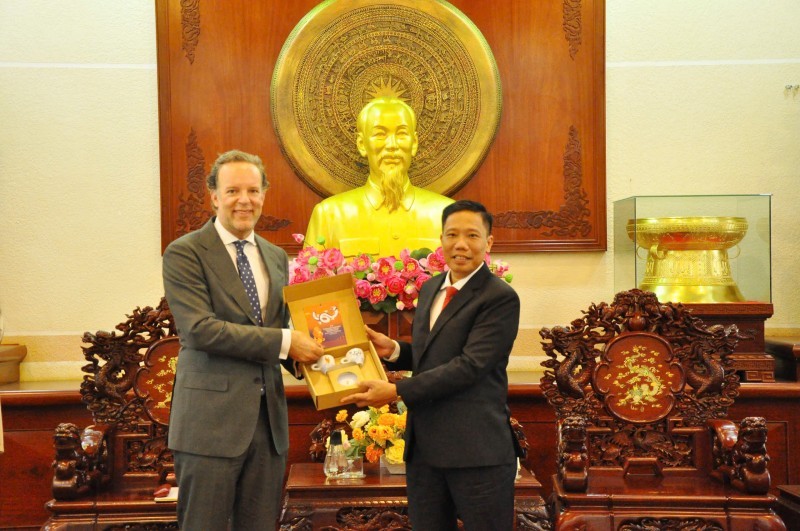 Friendship
Friendship
Can Tho Engages the Netherlands in Green and Sustainable Development Projects
 Friendship
Friendship
Vietnamese Embassy to Sri Lanka Joins International Christmas Charity Fair 2024
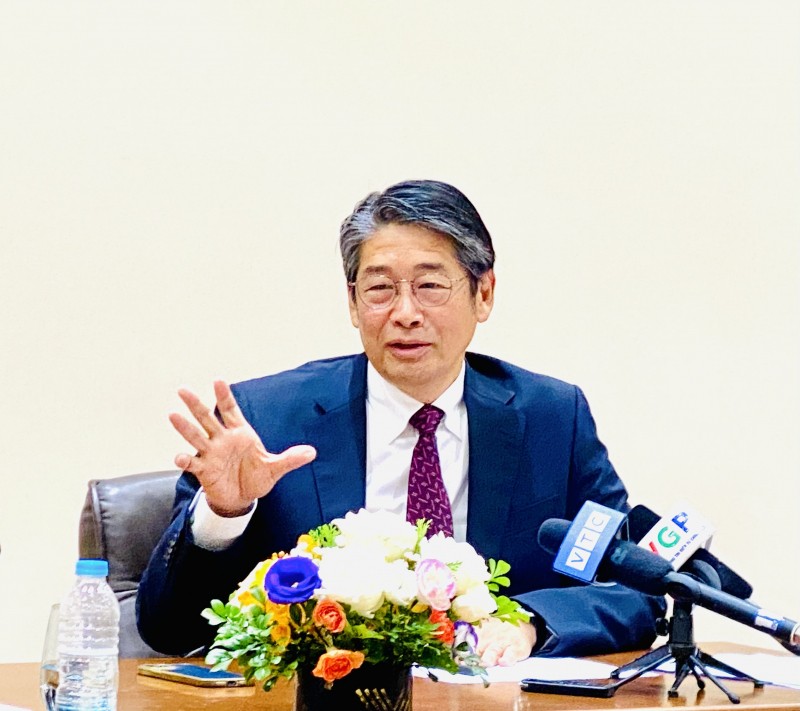 Friendship
Friendship
Japan Remains Committed to Vietnam's Development
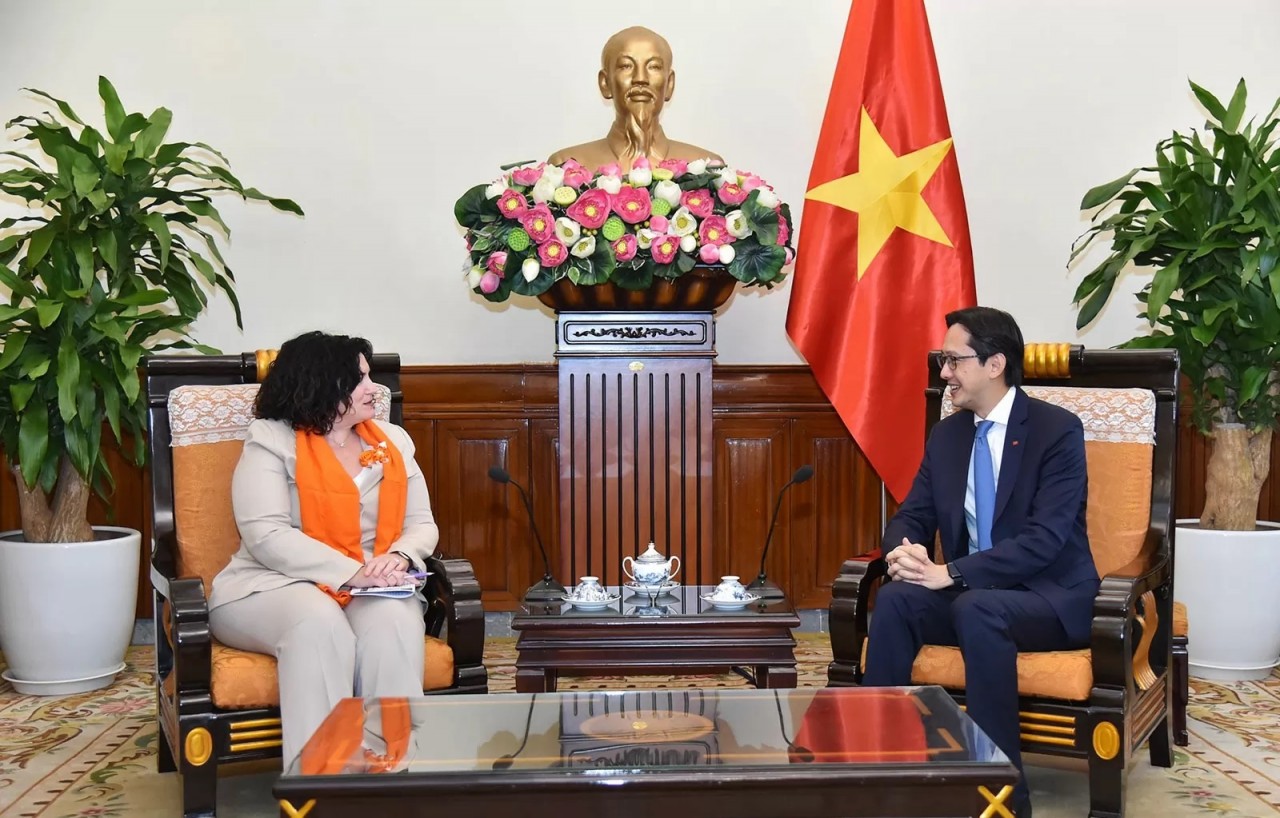 Friendship
Friendship
UN Women Remains Close Collaboration with Vietnam for Gender Equality and Women's Advancement
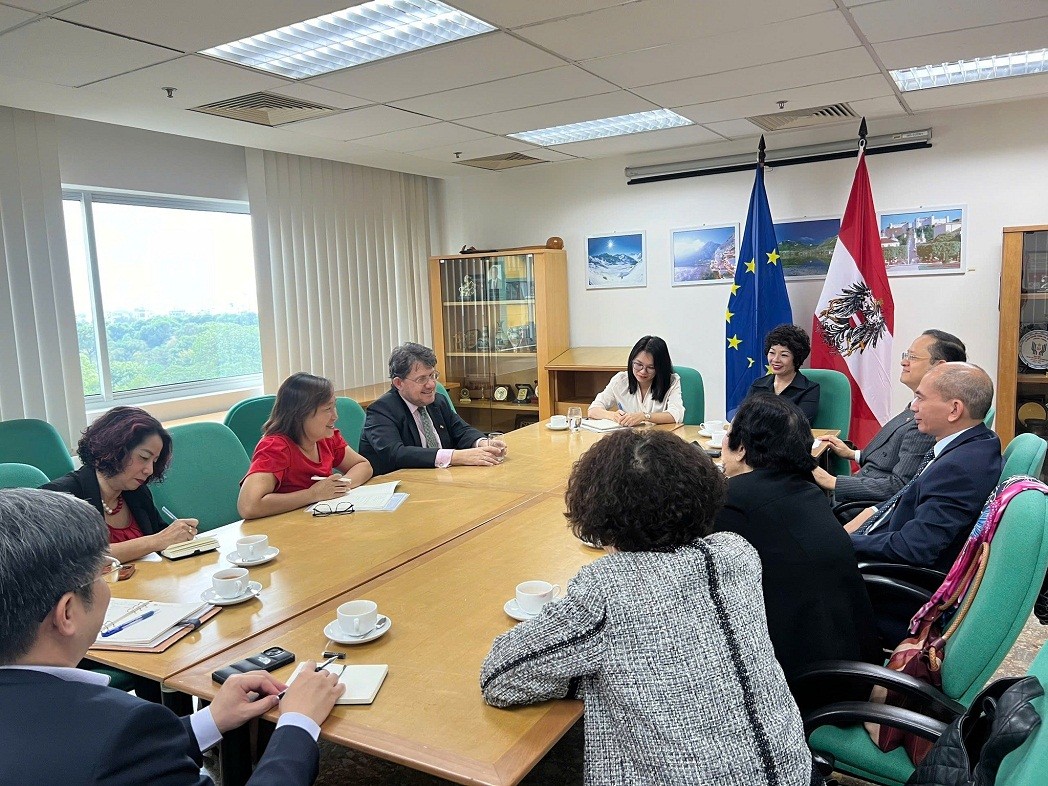 Friendship
Friendship
Vietnam - Austria Friendship Association, Austrian Embassy Determine 4 Priority Areas of Cooperation
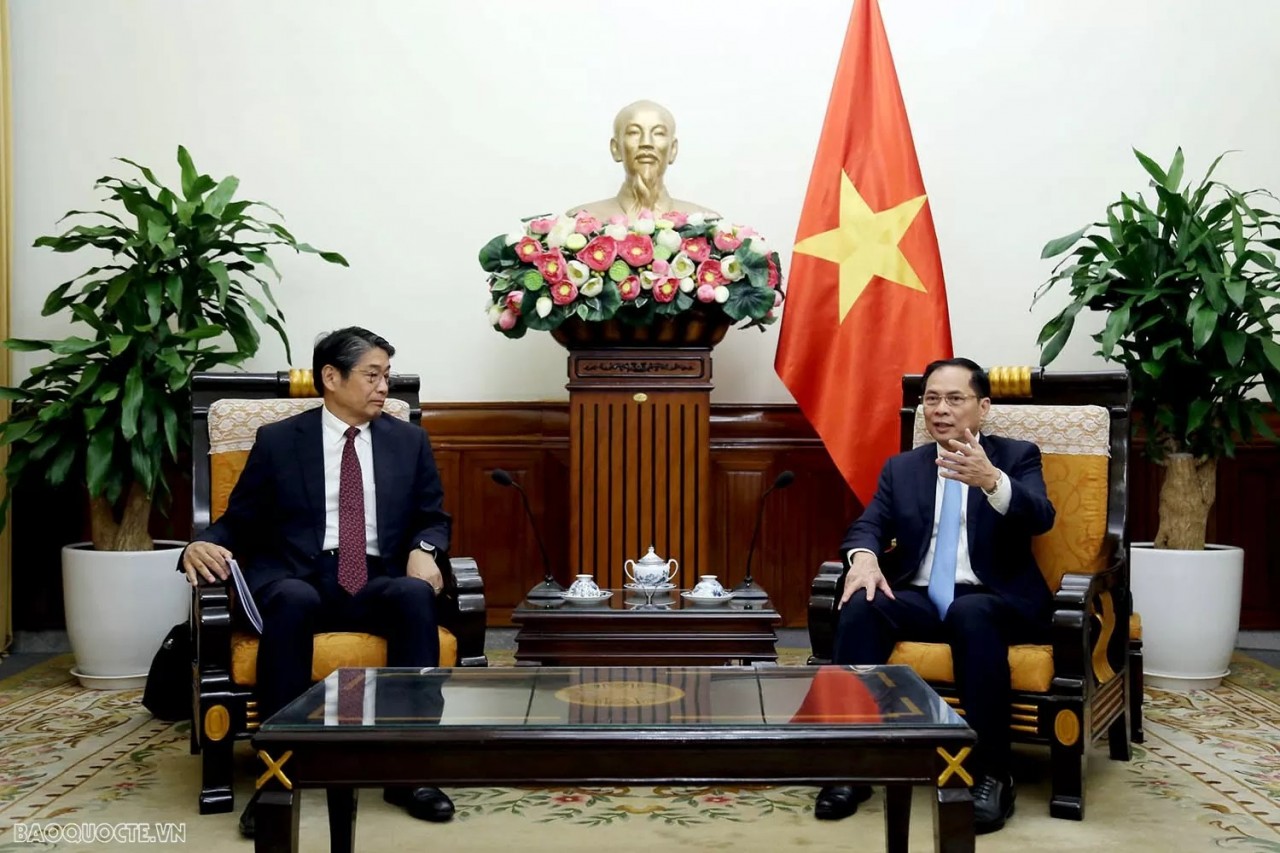 Friendship
Friendship
Vietnam-Japan University - Symbol of Bilateral Cooperation
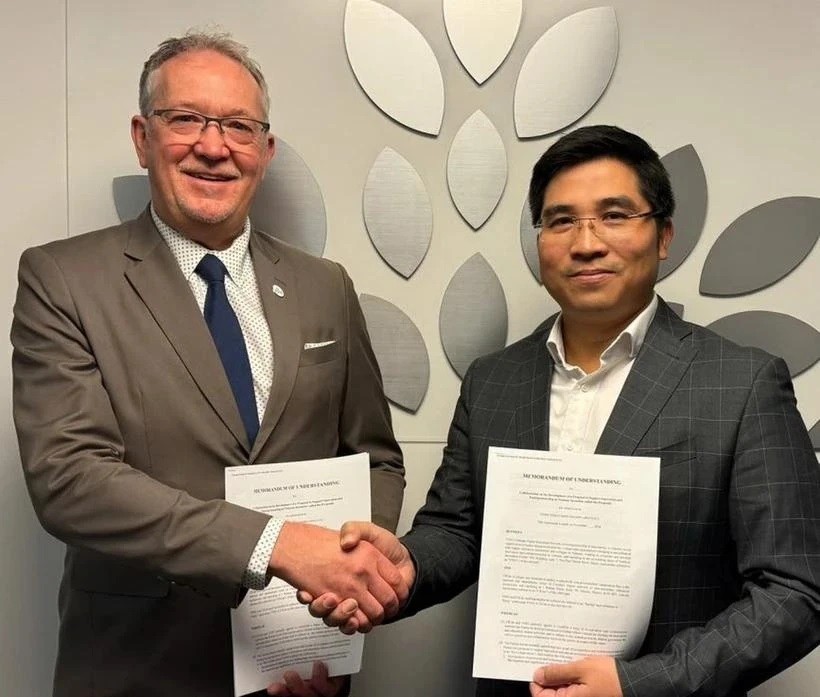 Friendship
Friendship
Vietnam-Canada Sign MoU in Science, Technology Cooperation
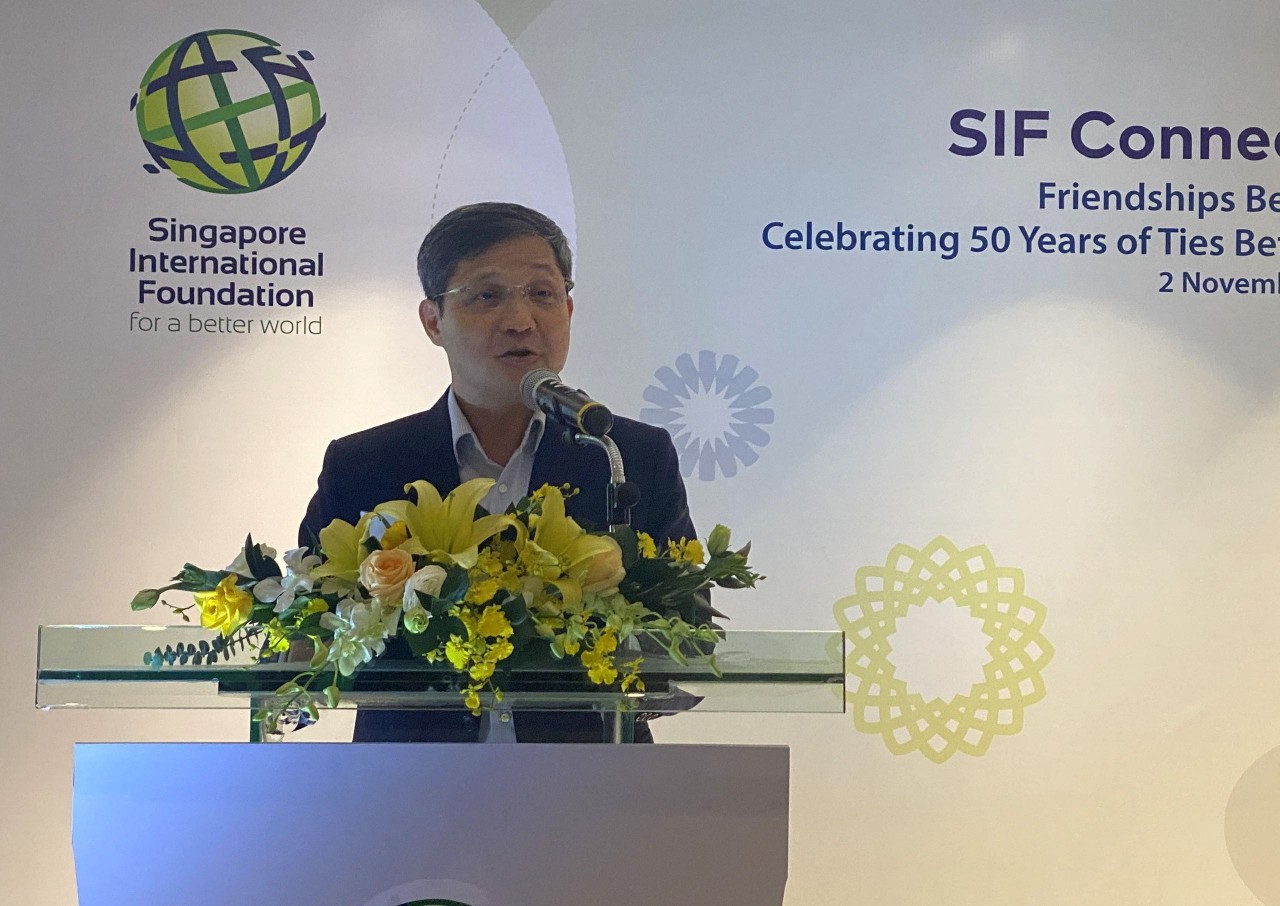 Friendship
Friendship
